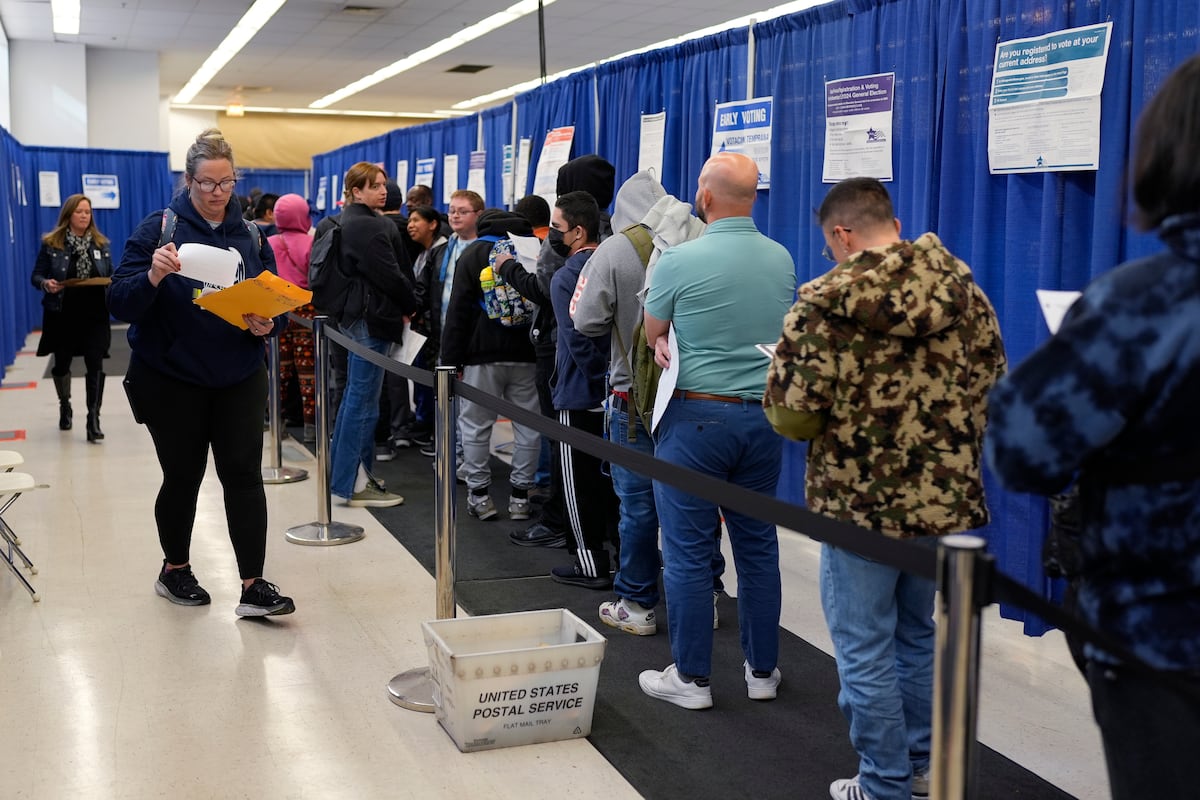to the rhythm rising and devastating public health crisiscaused by opioids, a few days ago a new Community Alternatives Center (CCA) Wellness Unitwhich extends the decades-long action of this organization, which provides treatment and harm reduction services for those who actively use substances.
The new center is located in the 25 Chapel Street, Suite 701 in Brooklyn.
However, CCA’s new program is New York’s first to integrate opioid treatment, including a support strategy for those affected by opioids. mass incarceration, criminalization and community divestment.
In this space, comprehensive harm reduction services are offered to substance users and people in recoveryincluding opioid treatment, medication-assisted, mental health counseling, court advocacy, health education, and employment support provided by a team of medical experts.
CCA in this unit offers opioid use disorder medication as a stabilizing piece of a holistic wellness plan. Under the criterion, that there is sufficient scientific evidence that shows that the methadone, buprenorphine and naltrexone reduce the use and impact of these substances.
By aiming for this “recipe”, you also reduce the risk of infectious disease transmission and the participation of the justice system, associated with the bloody criminalization of drug users.
“People who use drugs have faced stigma, discrimination and degradation for decades, a pattern that has only pushed them further into the abyss,” he said. David Condliffe, executive director of CCA.
All in one place
This program is part of an initiative of more than $17 million of the New York State Office of Addiction Support and Services (OASAS) to establish up to 39 of these programs statewide.
These programs are designed to centralize medication treatment, including methadone, and other health care services, to make it easier for New Yorkers seeking treatment for substance use disorders, access multiple services in one place.
Based on various reports, the opioid pandemic continues to devastate communities across New York.
According to data from the New York State Department of Health, there has been a steady increase in emergency department visits for overdose opioid-related and deaths since the pandemic.
Additionally, across the country, people who use opioids are overrepresented in jails and prisons. Upon release from incarceration, these community members are more likely to overdose because of their lower tolerancespecifies CCA in a report
Medication-assisted treatment dramatically reduces the risk of death from overdose in people who They return from imprisonment.
A drama for minorities
Most opioid-related deaths now involve fentanyl.In New York City alone, 2,686 people died from drug overdoses in 2021, with fentanyl present in 80% of cases.
According to the most recent data, New Yorkers were dying at the rate of 15 people per day for overdose related to opioids between January and September 2022.
In the Big Apple, the overdose death rate is now higher among African American residents (38.2 per 100,000), followed by Latino residents (33.6 per 100,000) and whites (32.7 per 100,000).
“We live in the 60s and 70s and heroin. The 80s and 90s of cocaine and crack. I am alarmed by what we are facing with fentanyl. We cannot continue to watch families and lives being destroyed. On the other side of addiction, we see healthy New Yorkers who want to contribute to this crisis,” reasoned Mayor Eric Adams.
The data:
- 3,200 people imprisonedEnrolled in Medication Assisted Treatment plans is held by the Department of Corrections and Community Supervision and that number is expected to increase each year.
How to connect?
- CCA’s Brooklyn Wellness Center is active, open and welcoming new referrals. Contact Brian Lupo, CCA Liaison, at the following phone numbers: Tel: 718-858-9658 ext: 421 or Cell: 929-813-2836. You also have the option of writing to the email: blupo@communityalternatives.org










